Search Results for Tag: building
Exploring the North – treasures under the ice cover
Our Global Ideas reporter Gianna Grün recently made a trip to the Arctic Circle and has written about tracking reindeer, an encounter with Sami herdsmen and sleeping in a hotel made entirely of ice. Check out her latest article from the freezing North.
What looks like a lovely winter wonderland landscape is in reality a perfect source for building material. No, I’m not talking about the few trees on the horizon – the resource slumbers below the snow cover! Hidden from the eye, the Torne river flows below the snow. Well, at least the part that’s not frozen. But the more interesting part is the ice cover. In March, i’s thick enough for ice block harvesting to begin.
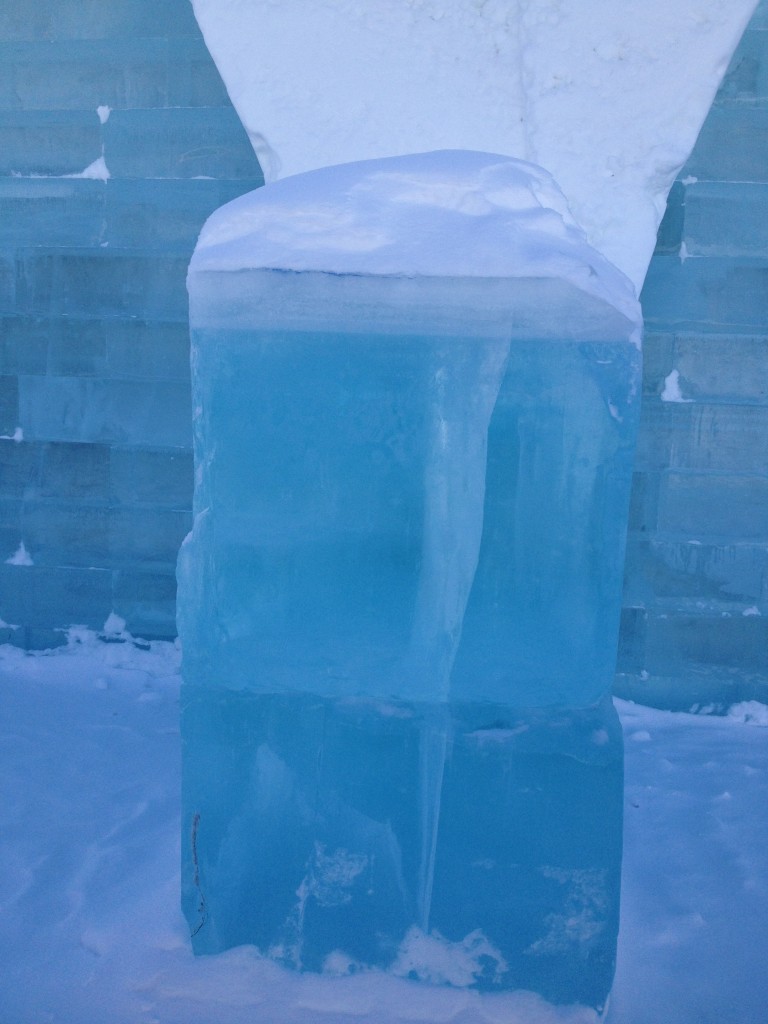
Ice blocks of such a size are hacked out of the Torne river in March and April each year. One block weighs 1.8 tons.
Some 2,500 of such 1.8 ton blocks are cut out in March and April to build a new hotel made of ice near Kiruna, Sweden. When spring arrives in other parts of the world, the ice is in perfect condition for building a new hotel from scratch next winter. The ice is at least 80 centimeters deep and crystal clear due to the high water quality of the Torne river and its perfect velocity and depth. Upstream, the water flows too fast and stirs up sediment from the river floor. Downstream from here, the water is too still and lacking in oxygen so you get milky ice.
Though it is quite cold up here in the North, building doesn’t begin right after harvesting. While the old ice hotel is literally melting, the 5,000 tons of newly harvested ice are stored over the summer. From April until October, the storage hall is cooled to minus six degrees Celsius. That requires almost 240,000 kilowatts of energy, which comes from renewable sources. Between November and March, no cooling is required since the outside temperature is cold enough. Thanks to the massive blocks of ice and the isolation, the entire place stays cool enough.
When construction begins in winter, the ice hotel builders arm themselves with electric irons and smoothers. Well, not for cleaning their teeth or ensuring wrinkle-free shirts, but for the fine tuning. After chain saws, tractors, snow cannons, snow throwers, wheel burrows, spades and chisels have got the basics in place, the finer details, embellishments and sculptures are readied to give the whole space a cozier feel despite the cold.
It takes six to eight weeks to set up the whole hotel. Apart from ice, a special mixture of ice and snow called “snice” is used as a kind of mortar. In addition, some wooden structures are built in the ice to support the very high and steep arches and a few reindeer skins cover some surfaces.
Apart from offering visitors the unusual experience of sleeping in a room surrounded by ice, the hotel is also trying its hand not just at cutting its carbon output but actually becoming CO2-negative. So far, it’s reduced overall energy consumption by 20 percent. But in future, it aims to cut CO2 in its immediate surroundings by an amount that exceeds its overall energy consumption.
Do you know of similar projects that use building materials lying right at the doorstep, without harming the environment?
Double Platinum
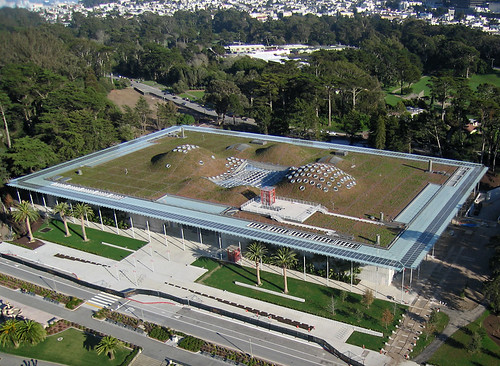
It’s already called the world’s greenest museum…but it just got a little greener. The California Academy of Sciences in the U.S. opened in 2008 as a model of eco-friendly technology, and the U.S. Building Council gave it a platinum award. Now, the museum has won another – two times platinum, and as environmentally-conscious as ever.
The structure itself (right in the heart of Golden Gate Park) is an homage to sustainability and green living: it has a hilly, plant-covered living roof, insulation made of recycled denim, an entire canopy of solar panels and other green technology. And there’s a lot to see inside, too, like an aquarium, a planetarium and a natural history museum. National Public Radio in the U.S. did a report on the museum when it first opened, and they shared some amazing pictures here. Check them out!




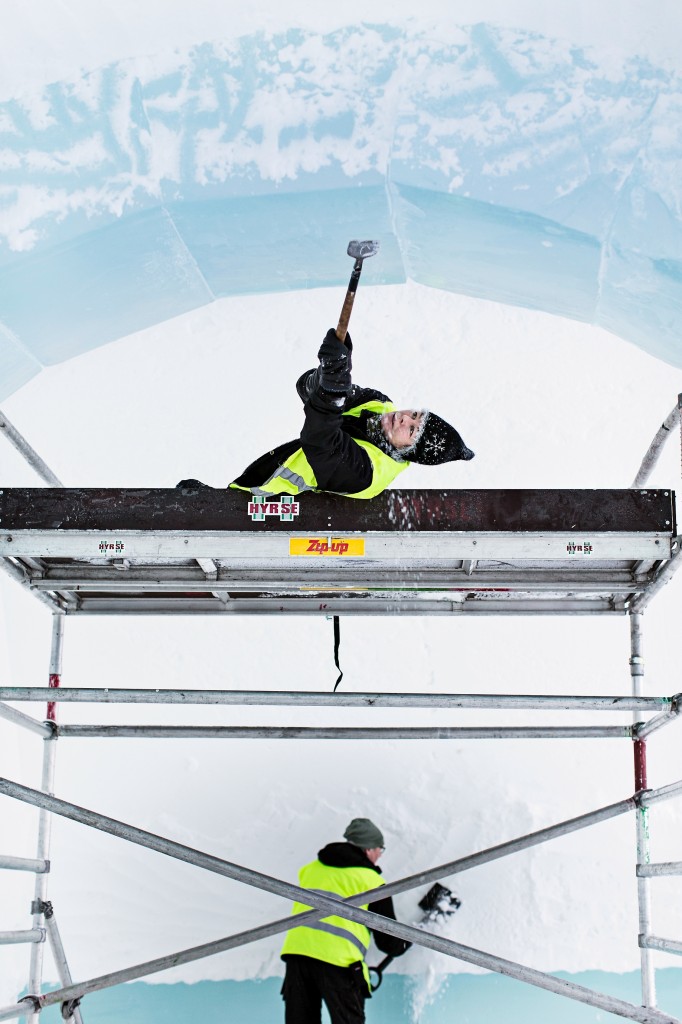

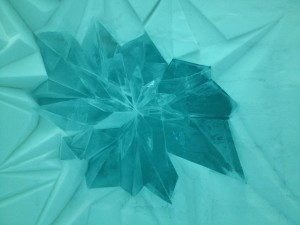
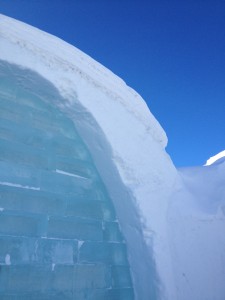

Feedback